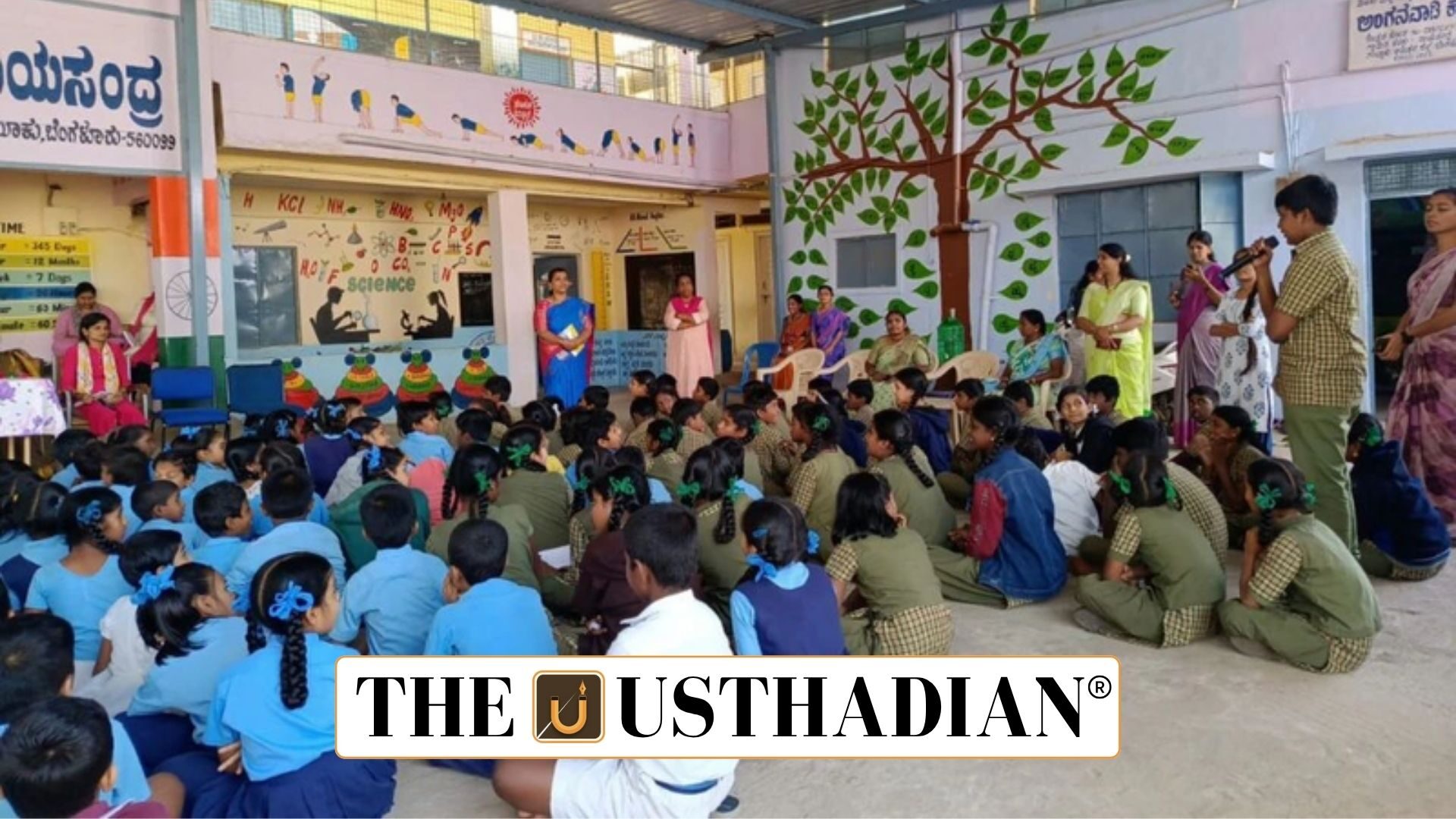Introduction
Model Youth Gram Sabha Empowers Students in Local Governance: The Government of India will launch the Model Youth Gram Sabha (MYGS) initiative in schools nationwide from October 2025. The programme seeks to familiarise students with the functioning of local self-government through practical engagement. Inspired by the Model United Nations, MYGS focuses on experiential learning by simulating Gram Sabha meetings in schools.
Static GK fact: The Gram Sabha is the cornerstone of the Panchayati Raj system as mandated by the 73rd Constitutional Amendment Act of 1992.
Aim of the Initiative
MYGS has been designed to cultivate democratic values and promote civic participation among youth. The primary objective is to help students understand the importance of grassroots governance in shaping development and social justice. By connecting classroom lessons with practical exercises, the initiative enriches the Panchayati Raj chapter already included in school curricula.
Scope and Coverage
The scheme will initially cover over 1,100 schools, including Jawahar Navodaya Vidyalayas (JNVs), Eklavya Model Residential Schools (EMRS), and select Zilla Parishad schools in Maharashtra and Karnataka. The Ministry of Panchayati Raj is the nodal agency, working in coordination with the Ministry of Education and the Ministry of Tribal Affairs. The target group includes students from Classes 9 to 12.
Static GK fact: Jawahar Navodaya Vidyalayas were established in 1985 under the National Policy on Education to provide quality education to talented rural children.
Roles and Responsibilities
Students will actively participate by taking on roles such as sarpanch, ward members, village secretary, Anganwadi worker, auxiliary nurse midwife (ANM), and junior engineers. Through mock Gram Sabha meetings, they will discuss issues, prepare budgets, and design development plans. This structure allows students to experience the decision-making process at the grassroots level.
Training and Funding Support
Two teachers from each participating school have been trained to mentor students in conducting these exercises. To facilitate smooth implementation, the Ministry will provide ₹20,000 to each school. The first phase focuses on central government-run schools, while state government schools will be included in later phases.
Static GK tip: The Panchayati Raj system in India was first introduced in Rajasthan in 1959.
Competitions and Incentives
Post-training, regional and national-level competitions will be held for JNVs and EMRS separately. Winners will receive prize money ranging from ₹50 lakh to ₹1 crore, along with certificates for all participants. These incentives aim to motivate students to engage deeply with the concepts of local democracy and governance.
Preparatory Steps
Before the official launch, the Ministry of Panchayati Raj conducted consultations with the Ministries of Education and Tribal Affairs. Pilot projects at JNV Baghpat (Uttar Pradesh) and EMRS Alwar (Rajasthan) tested the feasibility of the model. Feedback from these pilots helped refine the structure and execution plan of MYGS.
Static GK fact: The 73rd Constitutional Amendment Act made Panchayati Raj institutions a constitutional body, empowering rural governance in India.
Static Usthadian Current Affairs Table
Model Youth Gram Sabha Empowers Students in Local Governance:
| Topic | Detail |
| Initiative | Model Youth Gram Sabha (MYGS) |
| Launch Date | October 2025 |
| Nodal Ministry | Ministry of Panchayati Raj |
| Supporting Ministries | Ministry of Education, Ministry of Tribal Affairs |
| Schools Covered | 1,100 (JNVs, EMRS, Zilla Parishad schools) |
| Target Group | Students of Classes 9 to 12 |
| Teacher Training | Two teachers per school trained |
| Funding Support | ₹20,000 per school |
| Competitions | Regional and national-level contests |
| Prize Amount | ₹50 lakh to ₹1 crore |
| Pilot Projects | JNV Baghpat (UP), EMRS Alwar (Rajasthan) |








